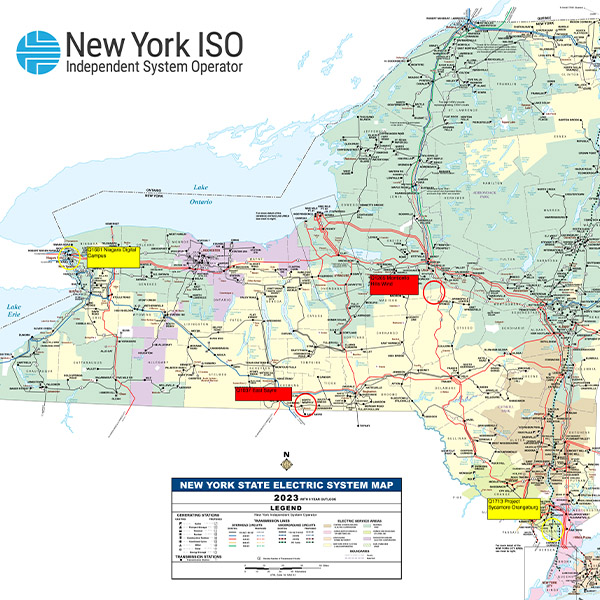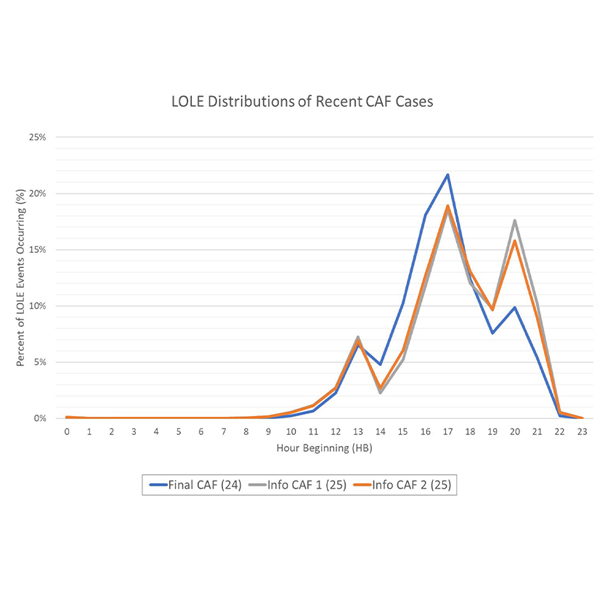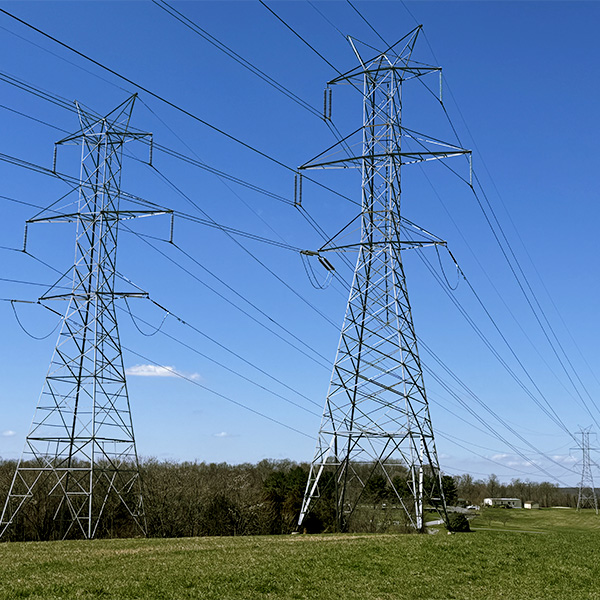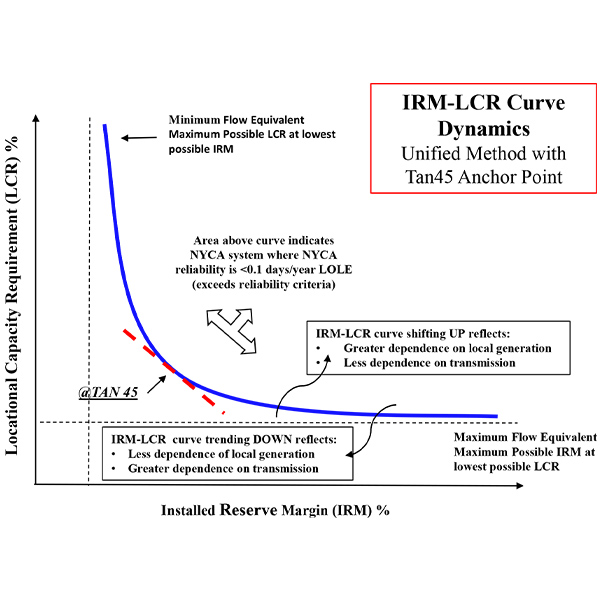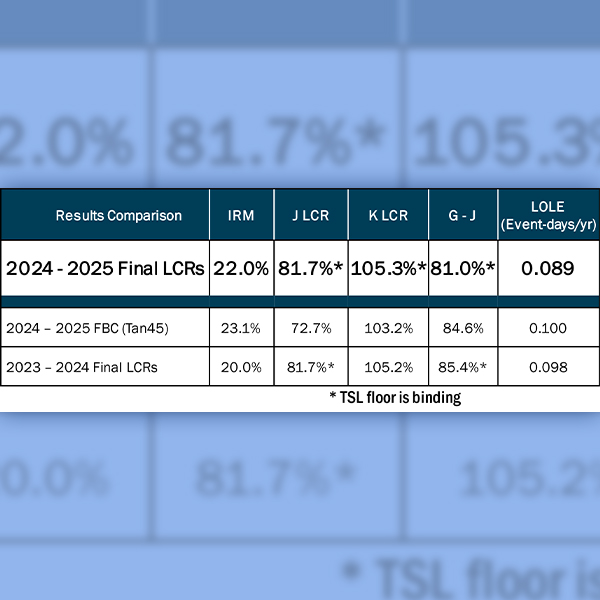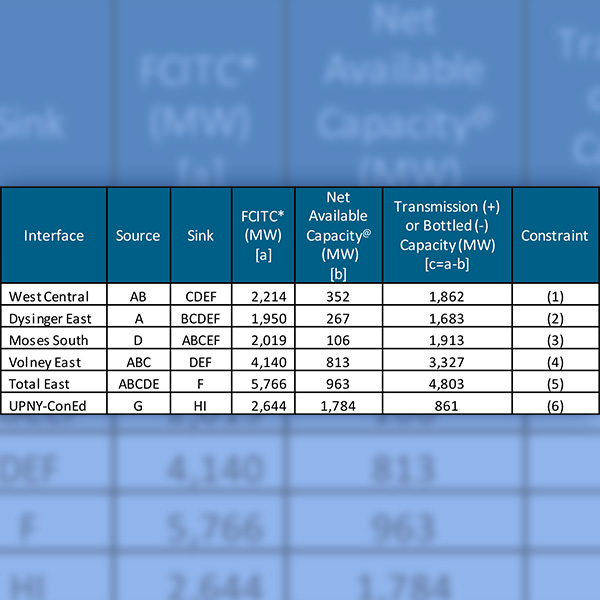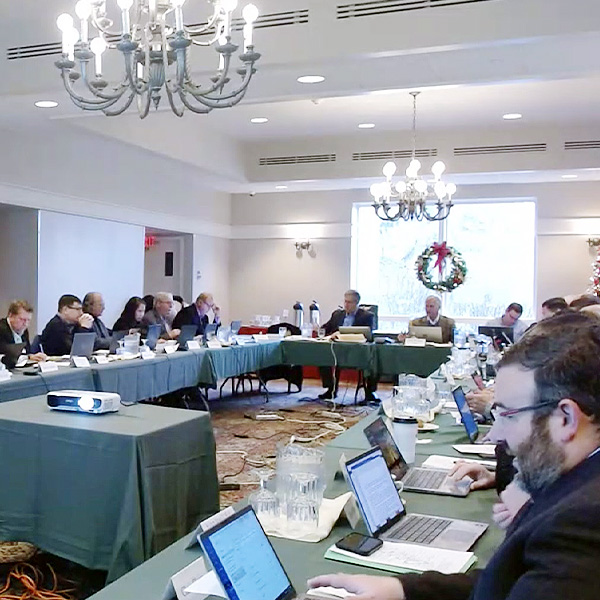locational capacity requirement (LCR)
The NYISO Operating Committee approved the final Locational Capacity Requirements for the 2025/26 capability year.
NYISO presented its final locational minimum installed capacity requirements for the 2025/26 capability year during the Installed Capacity Working Group’s first meeting of 2025.
NYISO’s Market Monitoring Unit, Potomac Economics, presented recommendations for addressing what it calls inefficient market outcomes caused by setting locational capacity requirements based on the transmission security limit.
The New York State Reliability Council’s mathematical model for calculating the state’s installed reserve margin every year will need to be updated as more offshore wind and major transmission lines come online, NYISO told stakeholders.
FERC granted NYISO’s waiver request to update its installed capacity requirement for New York City in the 2024/25 capability year, which began May 1.
The final locational minimum installed capacity requirements for NYISO zones G - J for the 2024/25 capability year were approved by stakeholders at the Operating Committee meeting on Jan. 18.
The ISO's New Capacity Zone study indicates that New York's six highway interfaces have sufficient transmission capacity, making establishment of new capacity zones unnecessary.
NYISO’s Business issues Committee approved testing of dynamic reserves, changes to the LCR optimizer, and new capacity accreditation rules.
After four rounds of voting, the New York State Reliability Council Executive Committee approved a 22% IRM for 2024/25, up from 20% for the previous year.
NYISO updated the OC on the December snowstorm's impact on grid operations, highlighting a sharp shortfall in scheduled generation on Christmas Eve.
Want more? Advanced Search
